The Covid Diaries 97 – An Excursion To Salisbury
Tips and recommendations for a short trip to Salisbury, ranging from the famous cathedral to forest walks.
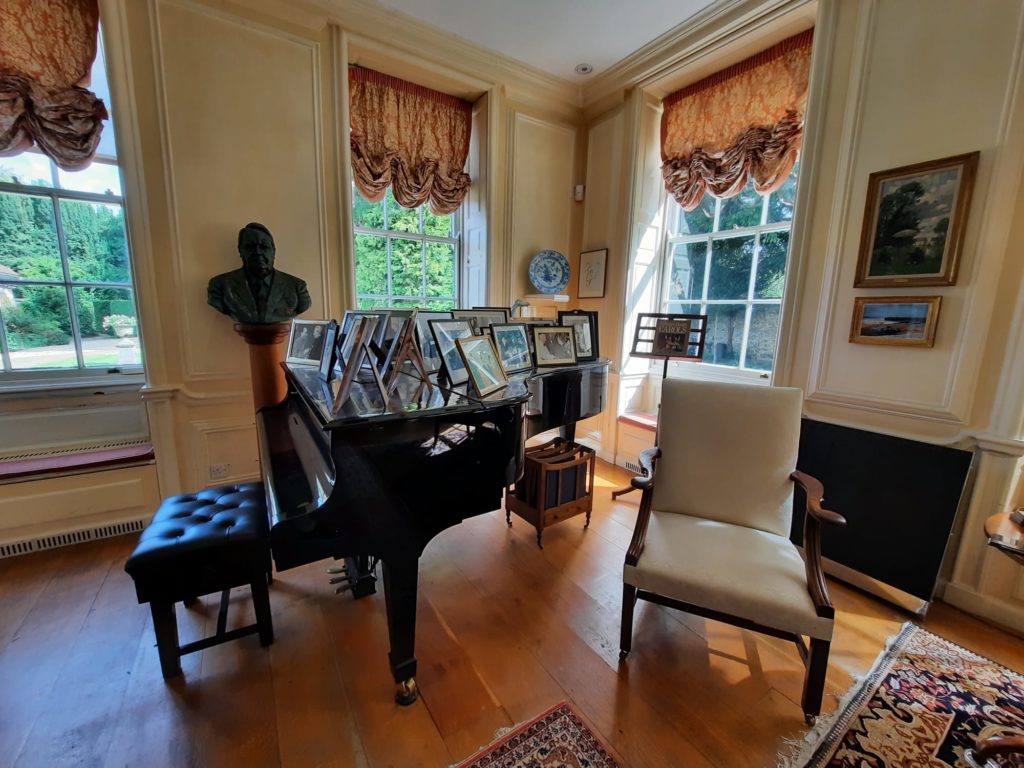
What Can I See In Salisbury?
Salisbury is a historic cathedral city in Wiltshire, near the edge of Salisbury Plain. It is a convenient jumping-off point for sights like Stonehenge, Avebury, and the New Forest, but also has a lot of attractions in its own right. Interestingly, Salisbury is a relocated city; originally Salisbury Cathedral stood at Old Sarum (today an English Heritage site). When the cathedral was moved in the 13th Century a city began to build up around it. Salisbury was in fact officially New Sarum until 2009 – one of those very British sorts of historic oddities.
The cathedral continues to dominate Salisbury’s skyline to this day. Aside from that, however, there is plenty to see. As well as several museums, the historic centre of Salisbury is great to walk around, with a lot of medieval buildings still standing. The Salterton Arts Review recently spent a weekend here; let’s take a look at the sights we managed to see, as well as runners up which we hope to get to in future.


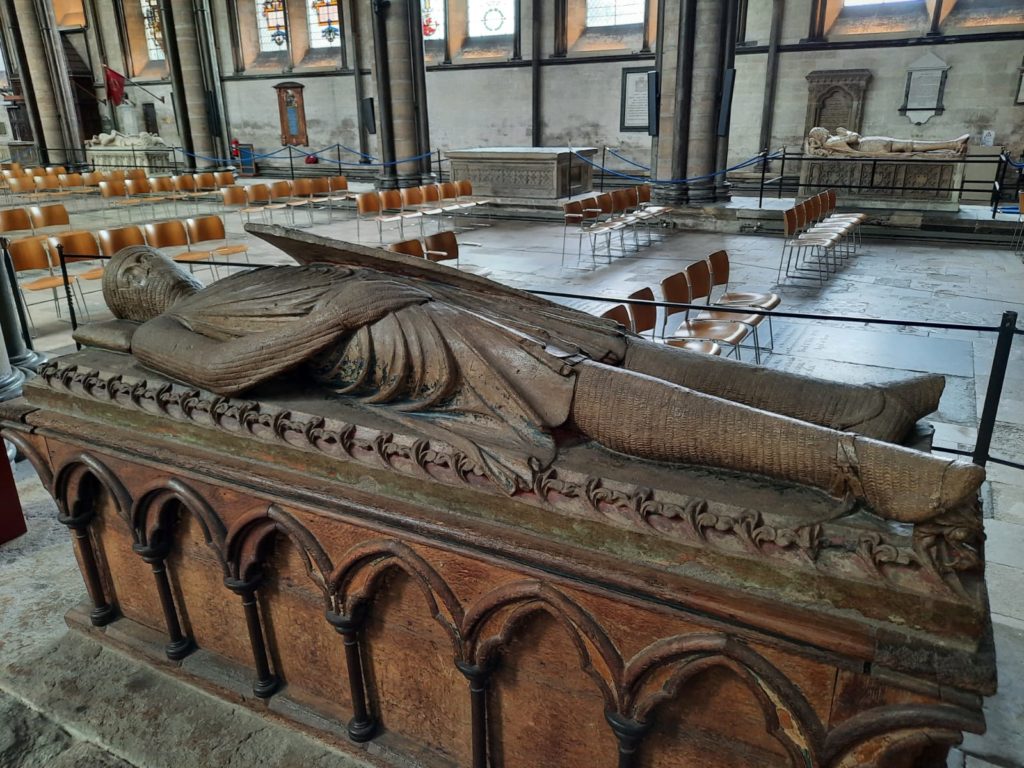
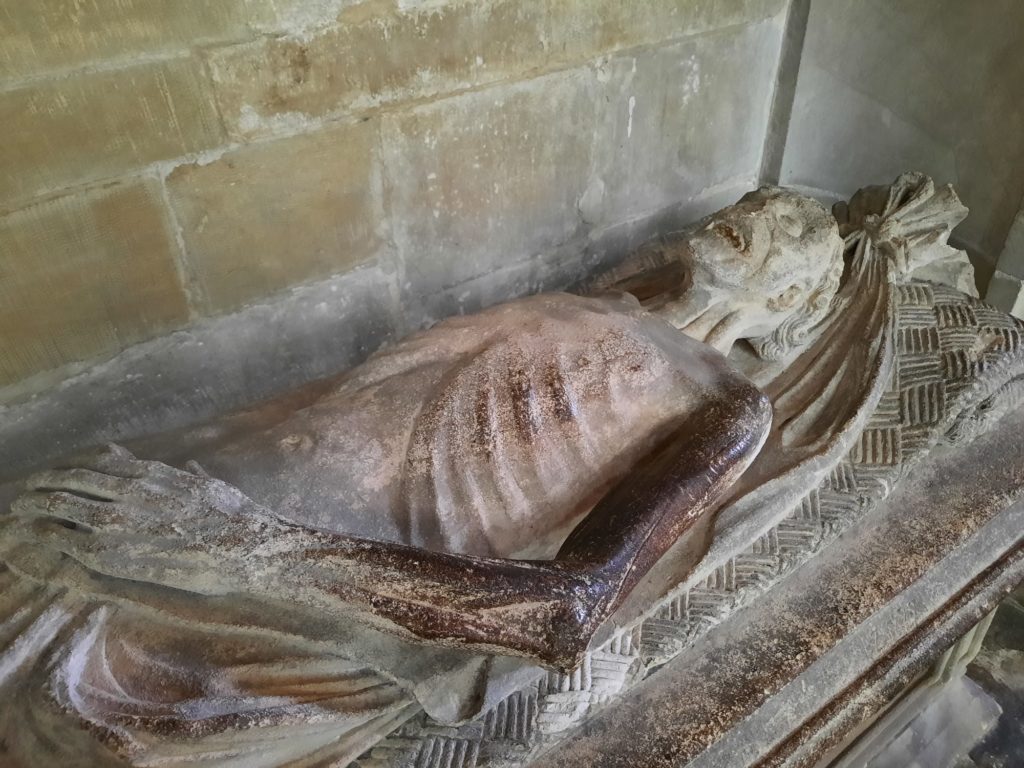

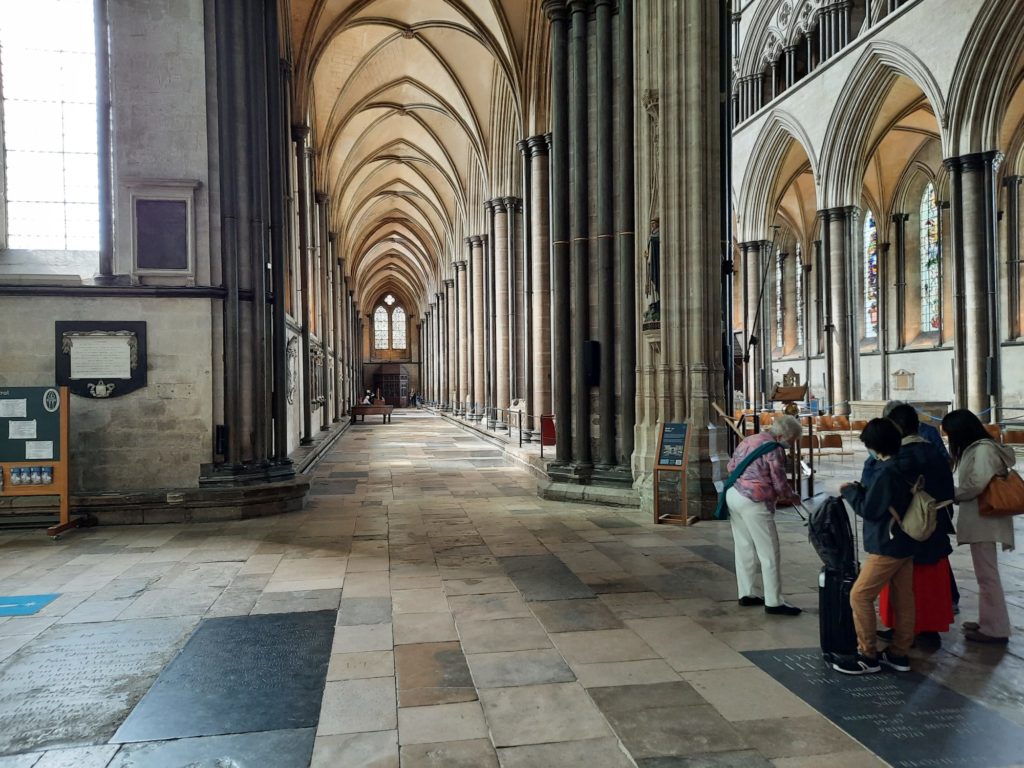
Salisbury Cathedral
So as I described above, the cathedral in this area was originally at Old Sarum, but moved to what is now Salisbury in the 13th Century. It is a key example of early English Gothic architecture; with the tallest spire in the UK (spire dating to 1561). It also has the largest cloister and cathedral close. So even with recent visits to Ely Cathedral and St Paul’s, I found Salisbury impressive.
Inside, the cathedral is very well set up for visitors. There are clear and interesting information panels with QR codes for supplementary information. There are also several interesting sights – one of the oldest working clocks in the world; many interesting funerary sculptures; and my personal favourite, a dipstick. Why on earth would a cathedral have a dipstick, you ask? Well, Salisbury is at the meeting point of five different rivers. The cathedral stands on the gravel bed created by all of this fluvial activity. This means its foundations are only about 1.2 metres deep (no crypt!). And if the water levels rise by very much then the cathedral tends to flood. There is therefore an opening for a dipstick to check on water levels. Very peculiar! And maybe not the best spot to build such an important building?
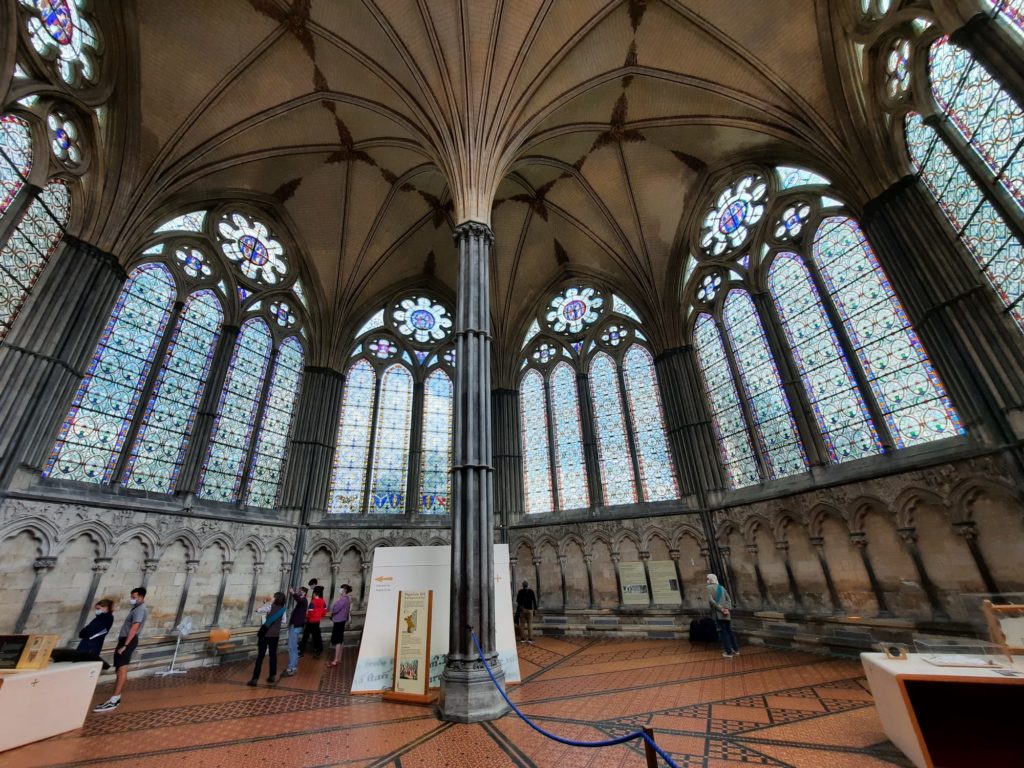
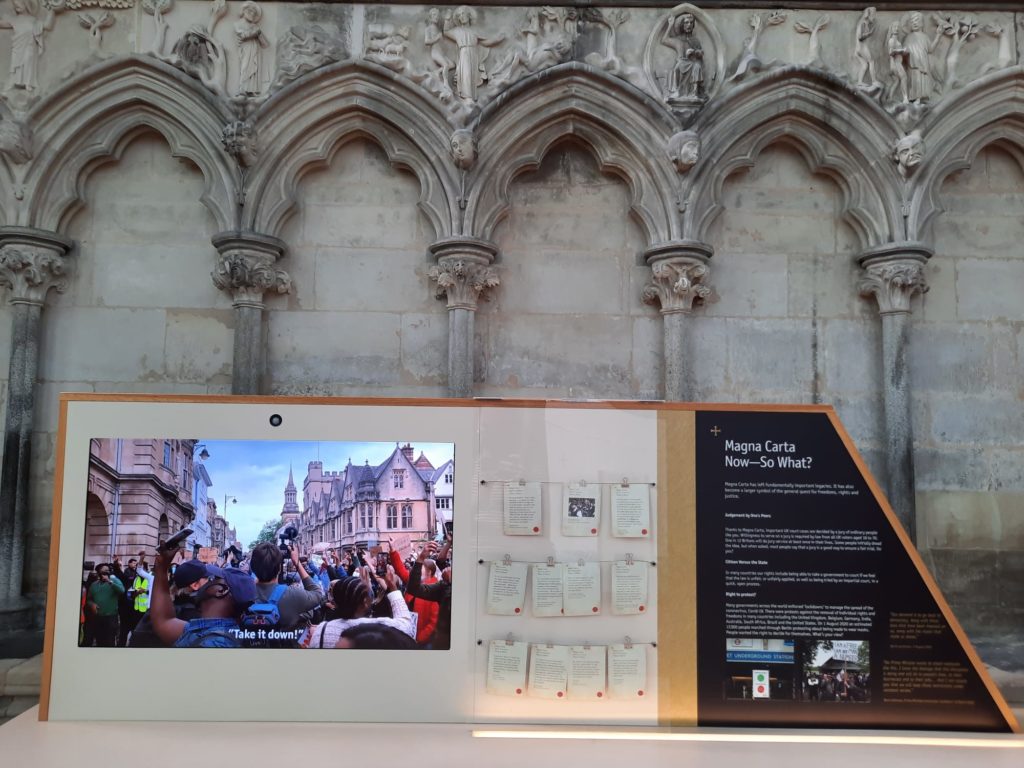

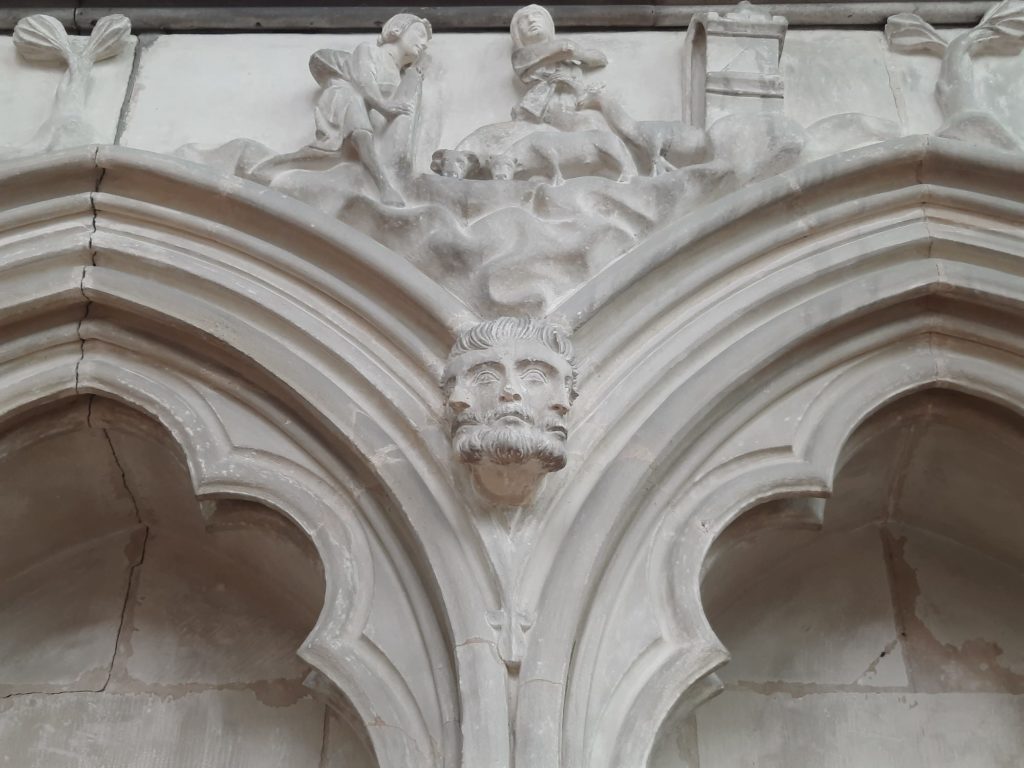
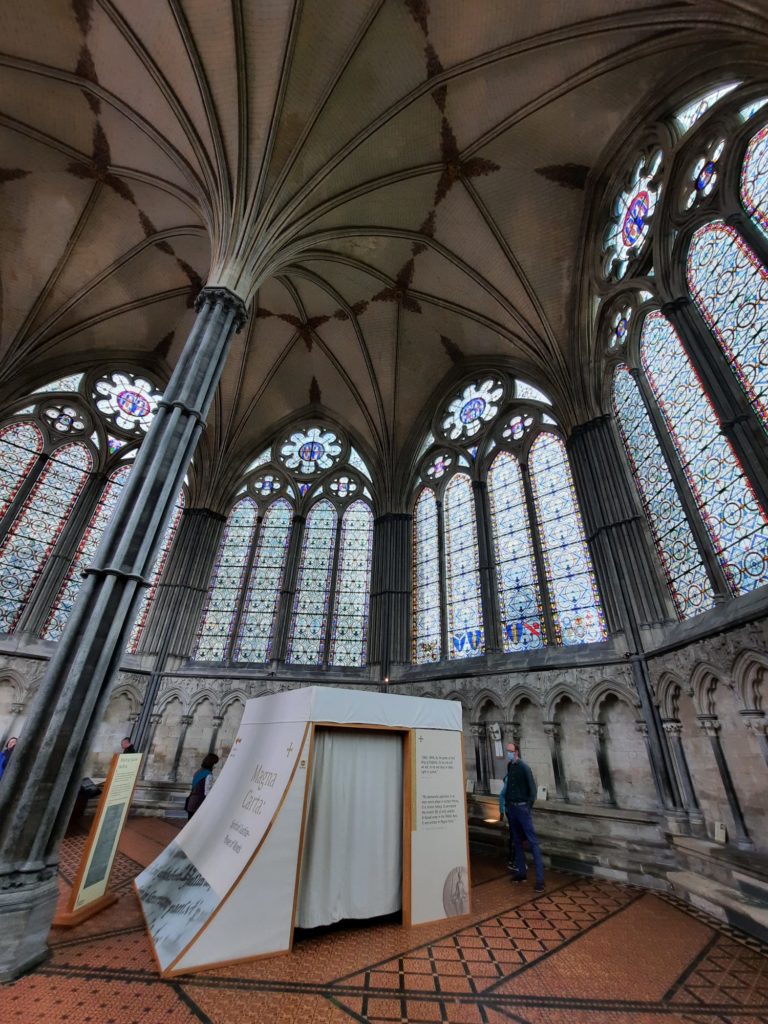
The Magna Carta
So first things first: this isn’t the only Magna Carta in the country; there are ones in Lincoln and at the British Library. And the one in Salisbury is on the cathedral grounds and visited as part of the same ticket. But you don’t necessarily have to visit both at once, particularly if you are pressed for time.
For those unfamiliar with the Magna Carta, the Latin phrase means ‘great charter’. The famous Magna Carta was between King John of England and a group of angry barons in 1215. The barons were angry because King John had got a bit out of control. He was overtaxing them, and severely punishing those who refused to pay. In an attempt to negotiate peace, King John was induced to sign the Magna Carta, which, among other points, meant he agreed that he was not above the law, and that all ‘free men’ had the right to a fair trial. It was a failure as a peace treaty… But it remains the basis of the English legal system (and associated systems) today.
The Salisbury copy of the Magna Carta is on view in the cathedral’s spectacular Chapter House. A chapter house is a church or monastery’s meeting room; this one is more or less round, and decorated with beautiful medieval carvings of Old Testament scenes. The Magna Carta itself is displayed inside a little tent within the Chapter House. It is a bit of an underwhelming document – a simple parchment page with the agreement written out in a small, neat hand. There are a lot of interpretive panels around though that set the scene and help to make sense of the document’s importance. Impressively, these have already been updated to reflect on the Magna Carta’s link to things like Covid and BLM protests and political freedoms.
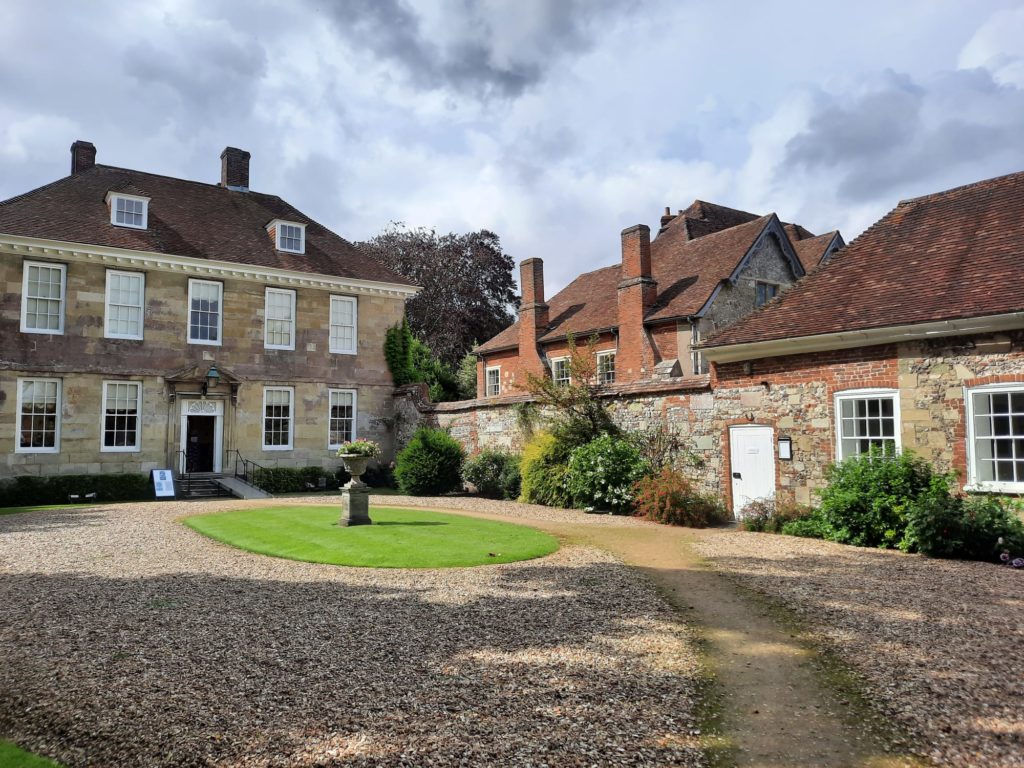



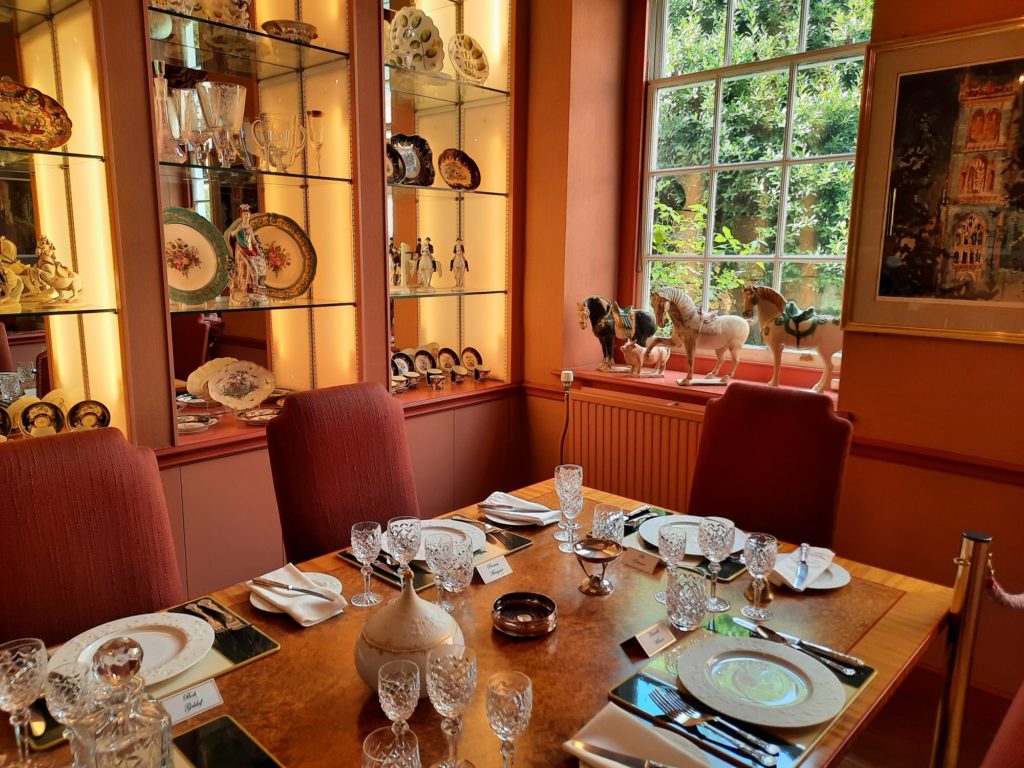
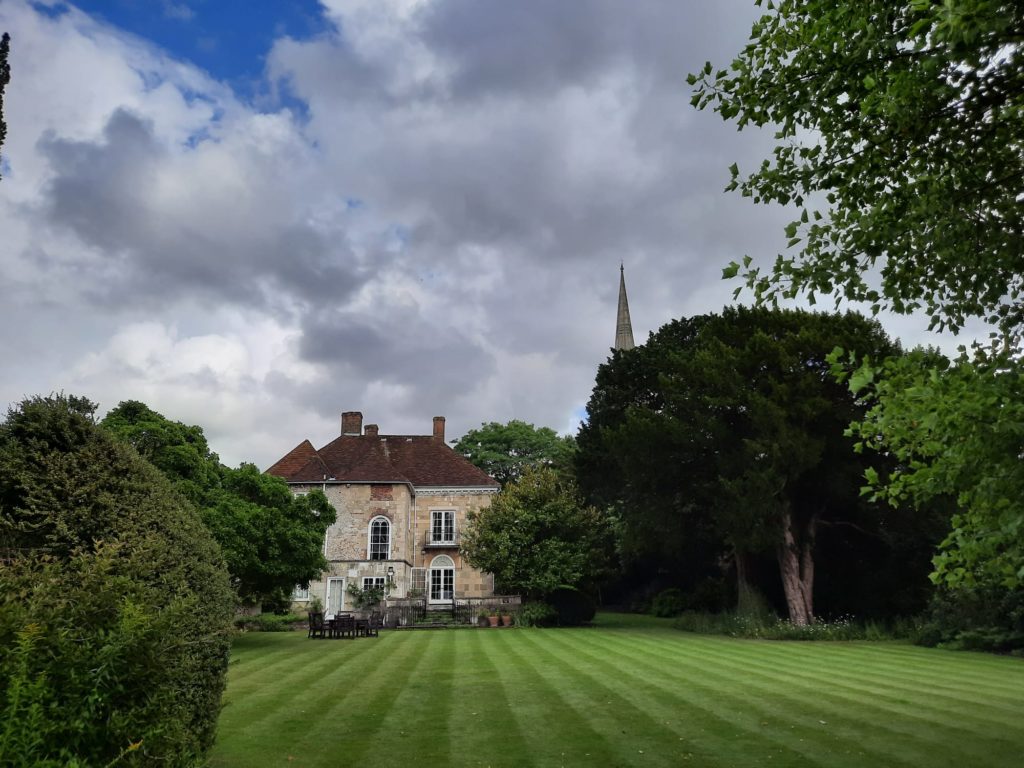
Arundells
Now Arundells was a pleasant surprise on our Salisbury visit. We hadn’t planned to come here, but wandered in as we had some time to kill and were tempted by the sign welcoming us in to see the garden. Arundells is a private house on the cathedral close, and is open to the public by virtue of being the home of the late Sir Edward Heath, Prime Minister from 1970-1974.
There are times when I’m still a bit too foreign to know certain bits of British history, and Prime Ministers of the early 1970s are definitely a gap. So I had absolutely no expectations coming in – I couldn’t even have told you if he was a Labour or Conservative PM (he was the latter). There were several reasons why I really enjoyed this visit, however, which I will list for you now:
- The volunteer guides all love working here and have a great respect for Ted Heath. This is quite contagious – we had a good chat with someone in every room and so got a sense for how they view him, and their appreciation for his home and collection.
- There is a solid art collection. A lot of Johns (Piper, Nash, Singer Sargent) as well as a couple of works by Winston Churchill and a set of political cartoons covering Heath’s career. There are also a lot of Chinese and Japanese works whose value is not so much intrinsic as in demonstrating his affinity for this part of the world.
- It’s not often you see a historic home which is preserved in the 1990s. It’s been just long enough for this to be quite distinctive now and entertaining to walk around and spot the 90s-isms.
- The house itself dates back to the Tudor period. It has changed a lot over the years but there is still a lot of history to it, as well as a beautiful garden leading down to a river.
So I wasn’t expecting to go here at all, but would recommend Arundells for a relaxed hour or so during a visit to Salisbury!

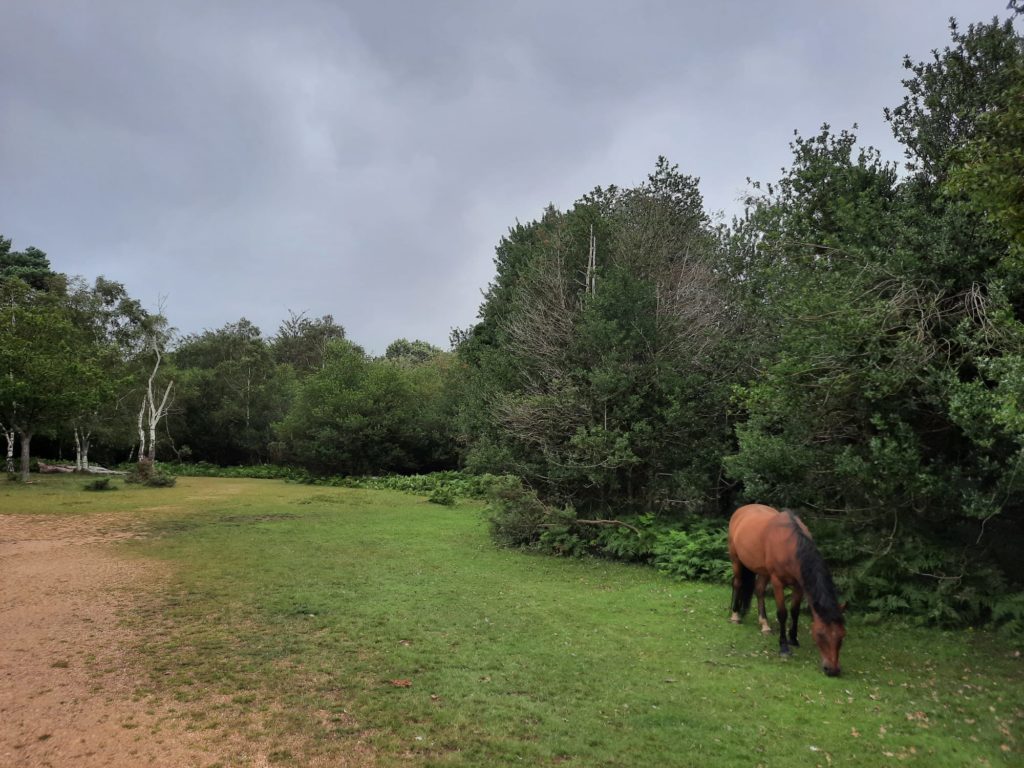
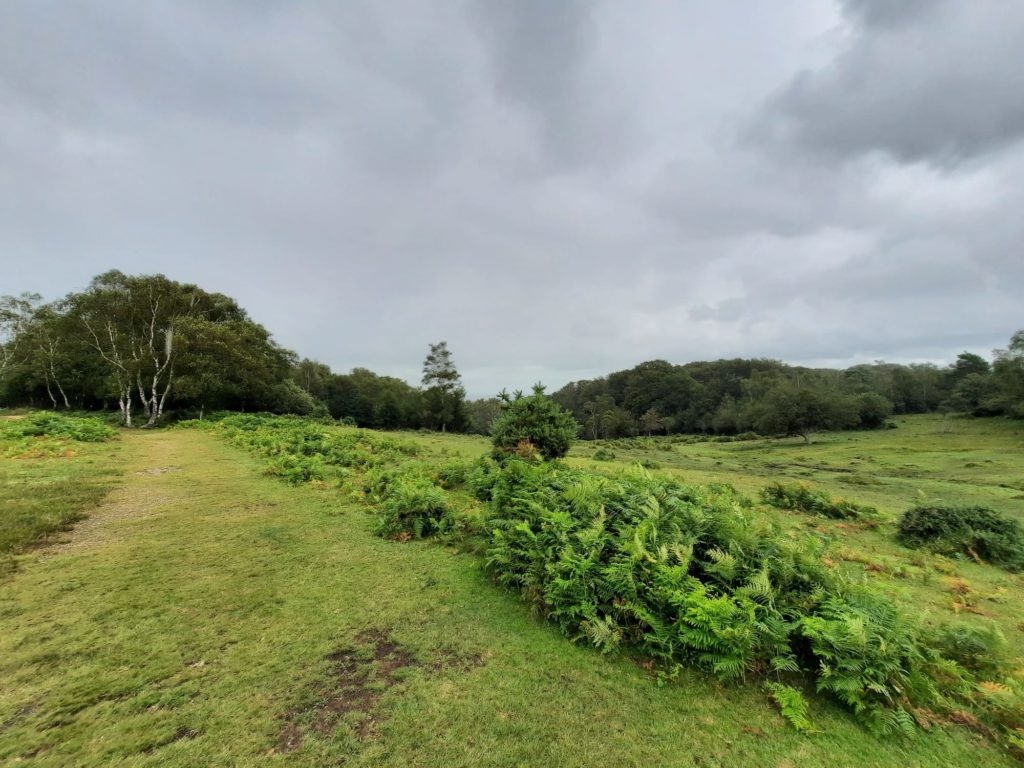
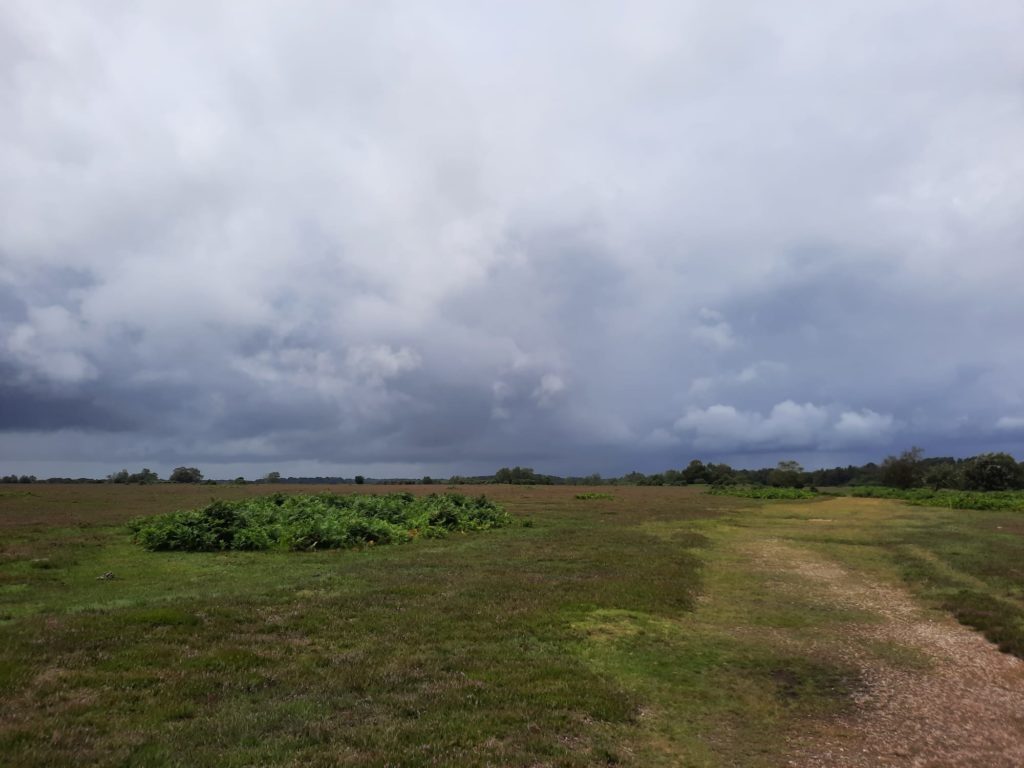
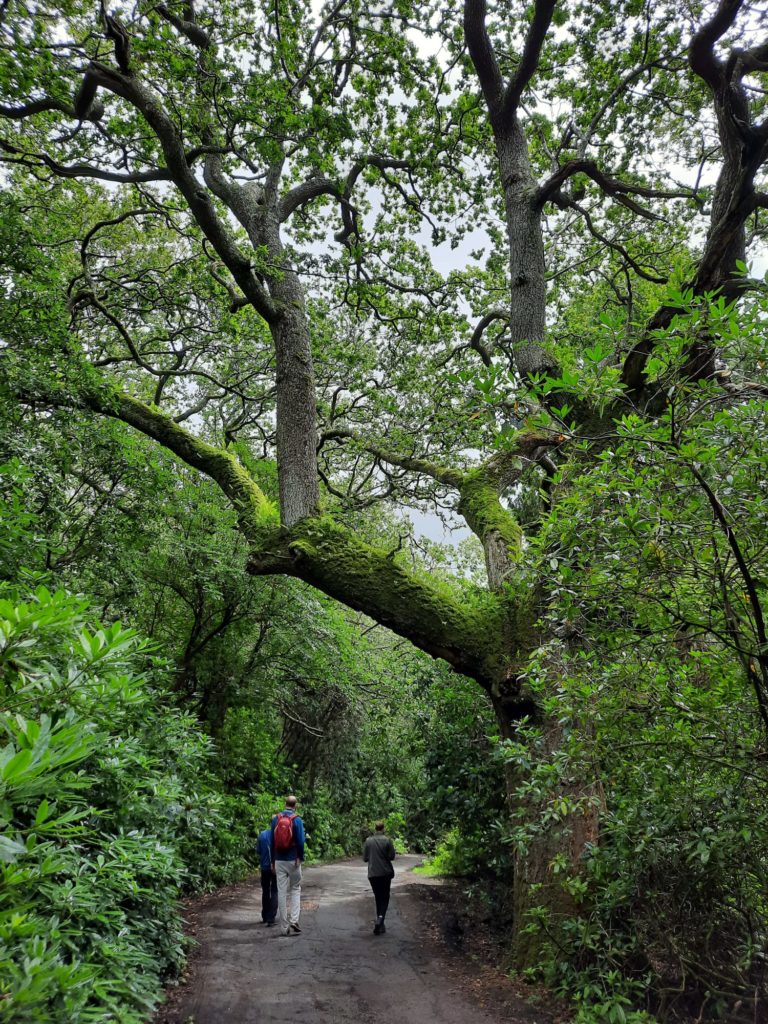

A Walk In The New Forest
So as I mentioned, Salisbury is a good base for different excursions. We went to Avebury last year and I have been to Stonehenge before, so our chosen outing for this Salisbury weekend was to the New Forest. William the Conqueror proclaimed the New Forest to be a royal forest, so it is rather historic. Today it remains a large open area of grazing land, heaths and forest.
The New Forest is a very English type of place. Despite being a ‘forest’ it is full of roads, farms and towns, and the locals take their historic grazing rights very seriously. In fact, you may have heard about New Forest ponies and, like me, assumed they are wild horses. This is not the case – they are all owned, but turned loose to graze where they please. As you can see in my pictures above, they are everywhere! There are about 5,000 of them.
The New Forest is quick to get to from Salisbury, and perfect for easy walking trails with a pub at the end of them. Just don’t expect it to be too ‘foresty’.
Runners Up:
These are some of the sights in Salisbury which we didn’t get to this time, but you may wish to explore!
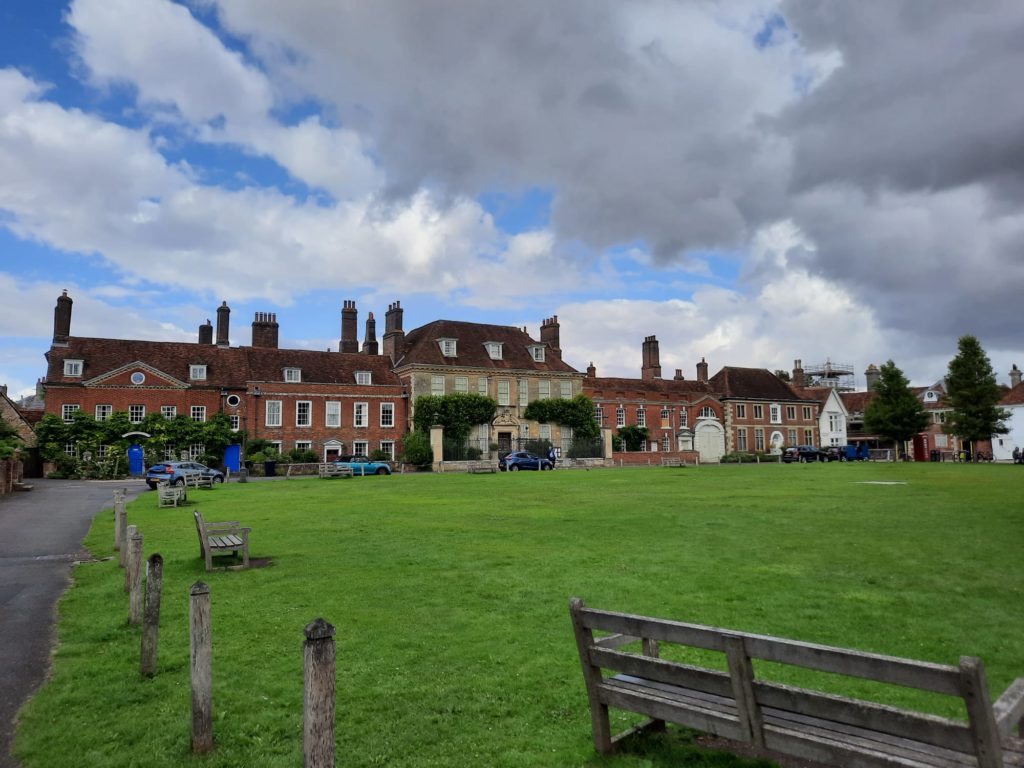

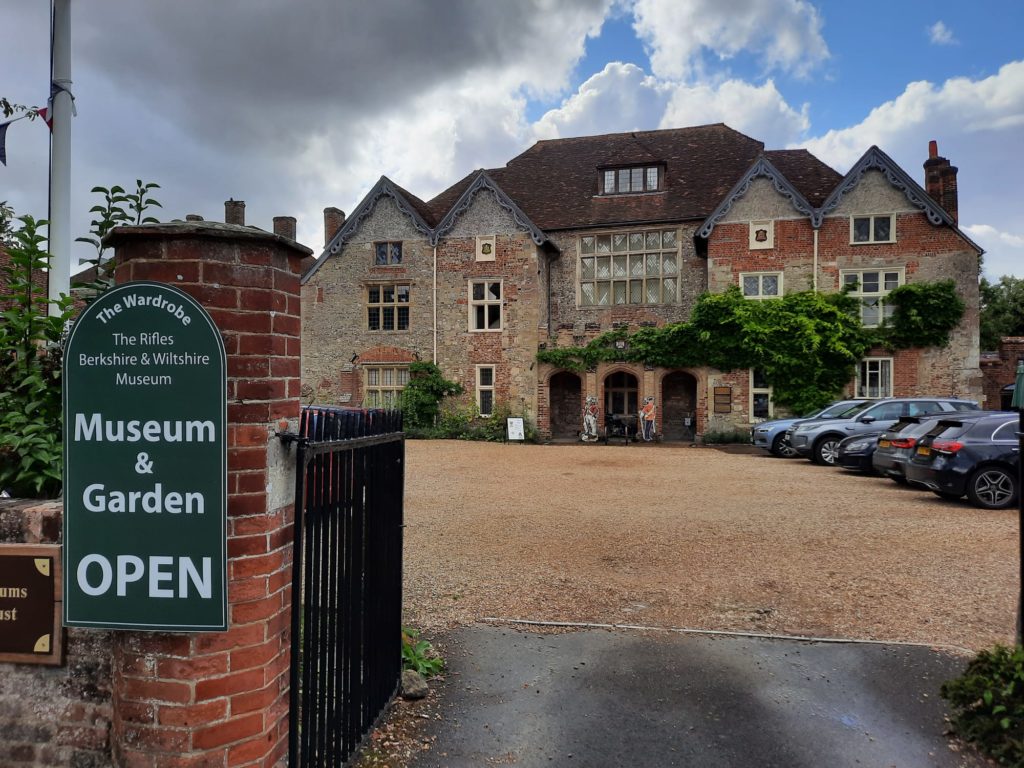


I hope you have enjoyed this outing to Salisbury! For more travel inspiration, sign up below:
If you see this after your page is loaded completely, leafletJS files are missing.

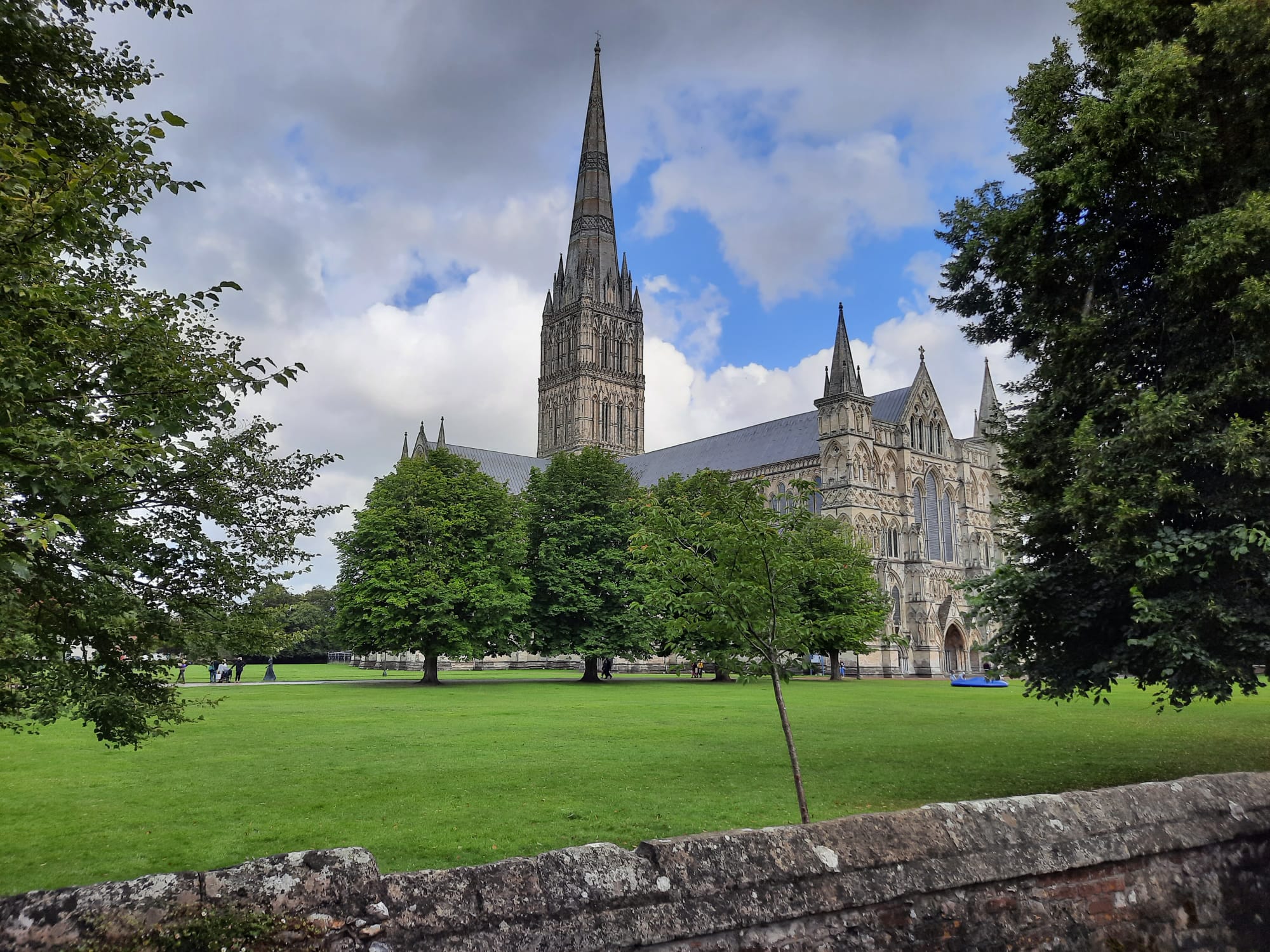
3 thoughts on “The Covid Diaries 97 – An Excursion To Salisbury”